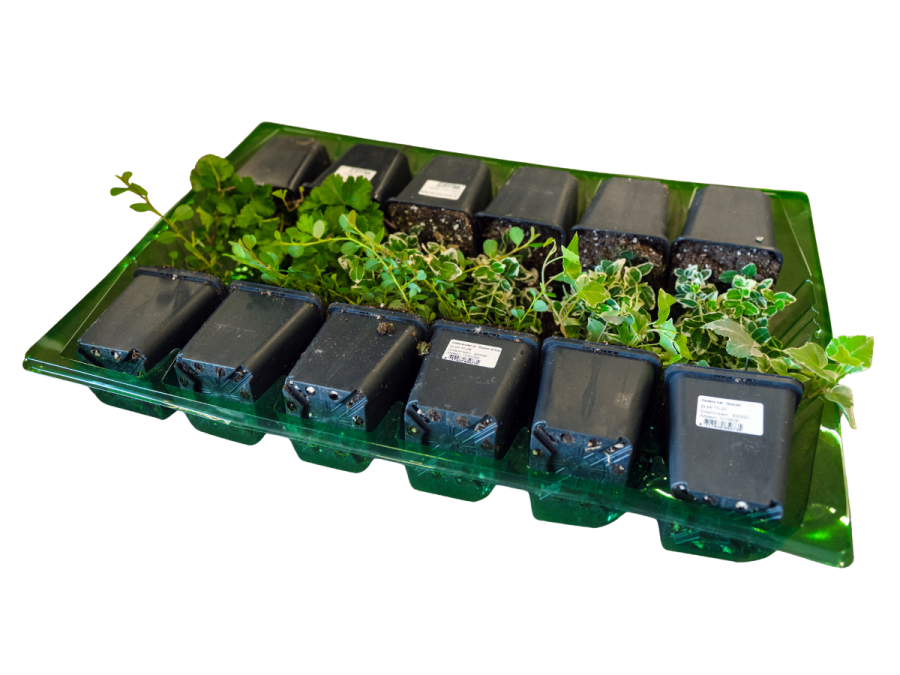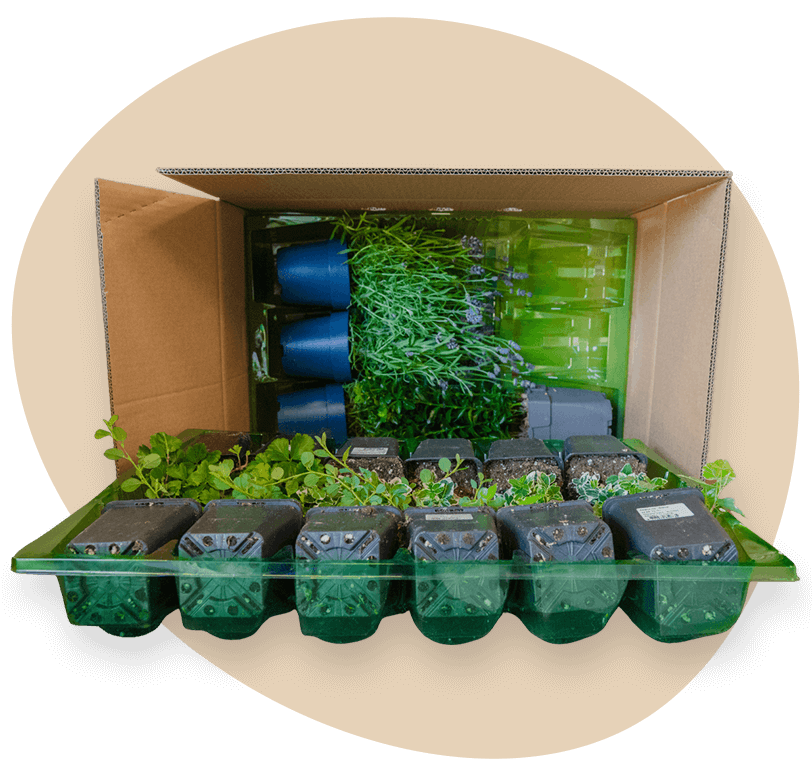Description
Dodecatheon meadia | Gentlemen and ladies
The Dodecatheon meadia, commonly known as gentlemen and ladies or Mead's Dodecatheon, is a captivating perennial that adds a touch of grace and color to any garden. Originating from Eastern North America, this charming species boasts a clump-forming growth habit and is an excellent choice for borders, group plantings, or as a standalone spectacle.
During the months of April and May, Dodecatheon meadia produces delicate pink blooms that are sure to catch the eye. Its deciduous nature allows for a fresh display of green foliage each spring, which persists through summer and into autumn.
Key features
- The Dodecatheon is known for its unique flower structure, presenting a stunning array of pink flowers in spring that resemble shooting stars.
- The maximum height this plant reaches is a modest 40 cm, making Mead's Dodecatheon an unobtrusive yet remarkable addition to your garden.
- It is adaptable to a wide range of well-drained soils, allowing gardeners with different soil types to cultivate it successfully.
- Preferring a sun to partial shade location, this plant is versatile and can fit into various garden designs.
- As a deciduous plant, it allows for garden variations throughout the year, while the green foliage maintains a constant backdrop during the growing season.
Tips
- While no pruning is required for Dodecatheon meadia, it can benefit from division every few years to ensure vigorous growth and to rejuvenate your plants.
- Ensure that the soil remains moist, as this plant is not drought-resistant. Submerging the pot in water until air bubbles cease to rise will provide the necessary hydration.
- Propagation can be effortlessly achieved through seed sowing or division, giving gardeners the opportunity to expand their collection or share with others.
- With its non-fruit-bearing characteristic, this plant focuses all its energy on producing its spectacular spring blooms, making it a low-maintenance option for those seeking floral impact without the additional upkeep.


























